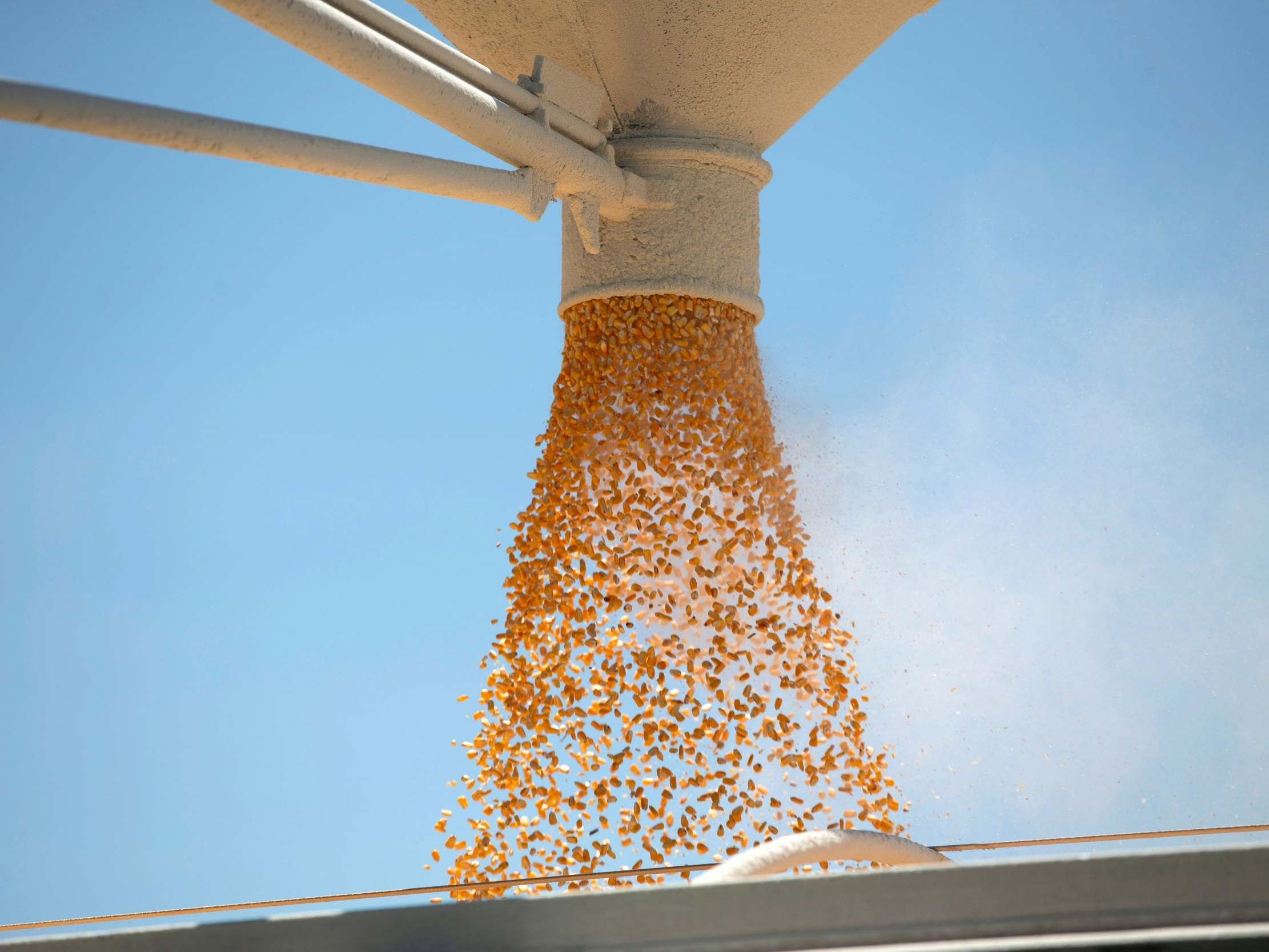Trump administration to pay $16bn to farmers hit by trade war with China
Farmers, a key Trump support base, have been among the hardest-hit in the year-long dispute

The US government will pay American farmers hurt by the trade war with China between $15 and $150 per acre in an aid package totalling $16bn (£13bn), with farmers in the south set to receive higher payments than in the midwest.
US farmers, a key constituency for Donald Trump, have been among the hardest-hit in the year-long tussle between the world’s two largest economies. Last year, shipments of soybeans, the most valuable US farm export, to top buyer China tumbled to a 16-year low.
The new aid, starting in the second half of August, follows Mr Trump’s $12bn package in 2018 aimed at making up for lost sales and lower prices of farm goods.
Democrats criticised the move, saying farmers needed fair trade instead of a bailout. But Sonny Perdue, the agriculture secretary, argued that US farmers were disproportionately hurt by the trade dispute and that the new round of aid was justified.
“President Trump has a great affection for America’s farmers and ranchers and it’s pretty evident in this programme,” he said. “He knows that they are fighting the fight and they are on the front line.”
In a change from last year, the US Department of Agriculture said it will pay farmers according to geographic location rather than by crop.
Farmers in the cotton-growing Mississippi Delta states stand to be the greatest beneficiaries of the new programme, according to a Reuters analysis of the payment rates posted online.
The average county payment rate is about $95 per acre in Alabama, $87 in Mississippi and $70 in Louisiana. Payment rates are lower in the midwest, with a $69-per-acre county average in Illinois, the nation’s top soybean producer, and a $66 average in Iowa, the top corn- and hog-producing state. Payments are capped at $500,000 per person or legal entity.
The programme covers 29 commodity crops, including soybeans, corn, wheat, sorghum and upland cotton. It also covers dairy and hog farmers, as well as farms that grow 10 speciality crops – including almonds, pistachios, walnuts, cranberries and fresh sweet cherries.
According to Rob Johansson, chief economist at the US Department of Agriculture (USDA), the minimum and maximum payment rates are based on an analysis of 10 years of trade data and the amount countries with retaliatory tariffs, including China and India, could have imported.
Tim Bardole, an Iowa corn and soybean farmer, said: “These payments are enough to make a difference, kind of get us to the harvest.”
To be eligible for payments, farmers must plant crops by 1 August.
Officials said the number of farm acres that could not be planted was at a historic level this year because of midwest flooding, further straining the farm economy.
While farm and industry groups welcomed the support, they continued to push for the Trump administration to end trade fights and strike deals with top export markets. The National Cotton Council said there had been significant cancellations and deferrals of US cotton sales to China over the past year.
The Illinois Farm Bureau branded such federal financial support “not a long-term solution”.
Trade talks between China and the US broke down in May and were revived only last month, in a meeting between Mr Trump and Chinese President Xi Jinping. Top US and Chinese negotiators will be meeting face-to-face next week, for the first time since then.
Reuters
Join our commenting forum
Join thought-provoking conversations, follow other Independent readers and see their replies
Comments